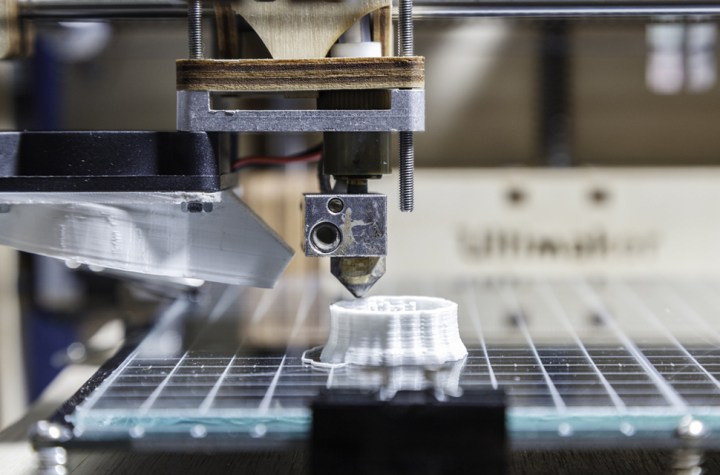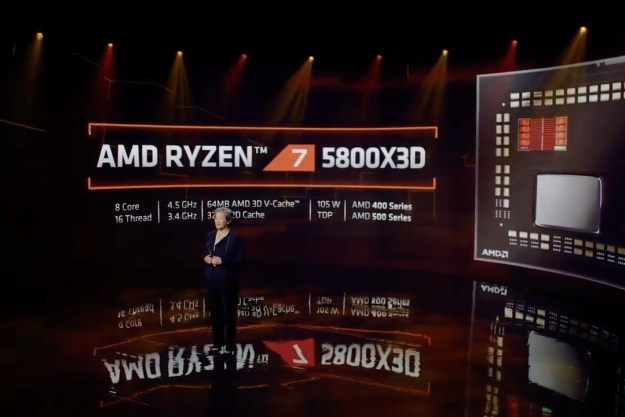
The researchers note that not all materials are harmful, finding that PLA — polylactic acid, a type of plastic — emits lactide bits, which are currently not thought to be harmful. The same could not be said of many other types of materials, which the scientists found emitted various levels of potentially harmful substances. All ABS filaments and one HIPS filament emitted “large amounts” of styrene, considered possibly carcinogenic by the International Agency for Research on Cancer. Nylon, PCTPE, and imitation brick and wood filaments emitted caprolactam, which may not be carcinogenic but has chronic exposure recommendations in some locales.
“A screening analysis of potential exposure to these products in a typical small office environment suggest caution should be used when operating many of the printer and filament combinations in poorly ventilated spaces,” the paper reads.

The study did not look at exposure levels from a variety of environments where a printer might be placed, nor did it take into account the concept of proximity to the printer and exposure levels. It only looked at one potential case, which the researchers called a “typical small well-mixed office environment” (about 45 cubic meters). Further studies should be conducted to look at differences in exposure due to larger or smaller spaces, they point out.
The group also recommends that more research be done to understand how proximity to the printer affects exposure to the potentially hazardous substances, saying research in the area so far has been limited. In the meantime? Use your head, they say.
“We continue to suggest that caution should be used when operating many printer and filament combinations in enclosed or poorly ventilated spaces or without the aid of gas and particle filtration systems,” the report reads.
If you’re interested in reading the full report, it is available in full on the ACS Publications website.
Editors' Recommendations
- Nvidia turns simple text prompts into game-ready 3D models
- 3D printed cheesecake? Inside the culinary quest to make a Star Trek food replicator
- AMD Ryzen 7 5800X3D beats predecessor, but AMD promised more
- AMD teases performance of its revolutionary 3D V-cache chip
- Fighting football injuries with 3D-printed, hyper-personalized pads


